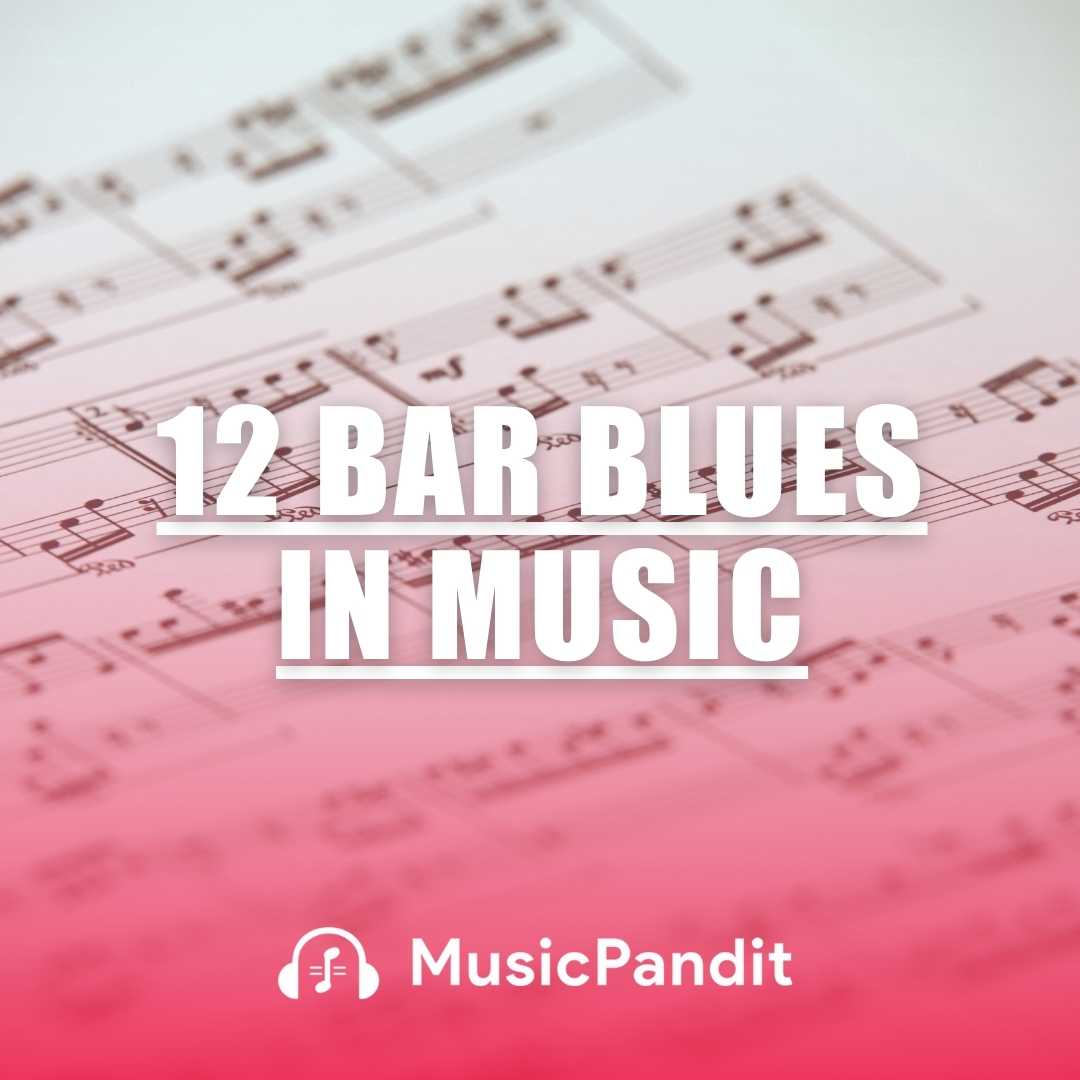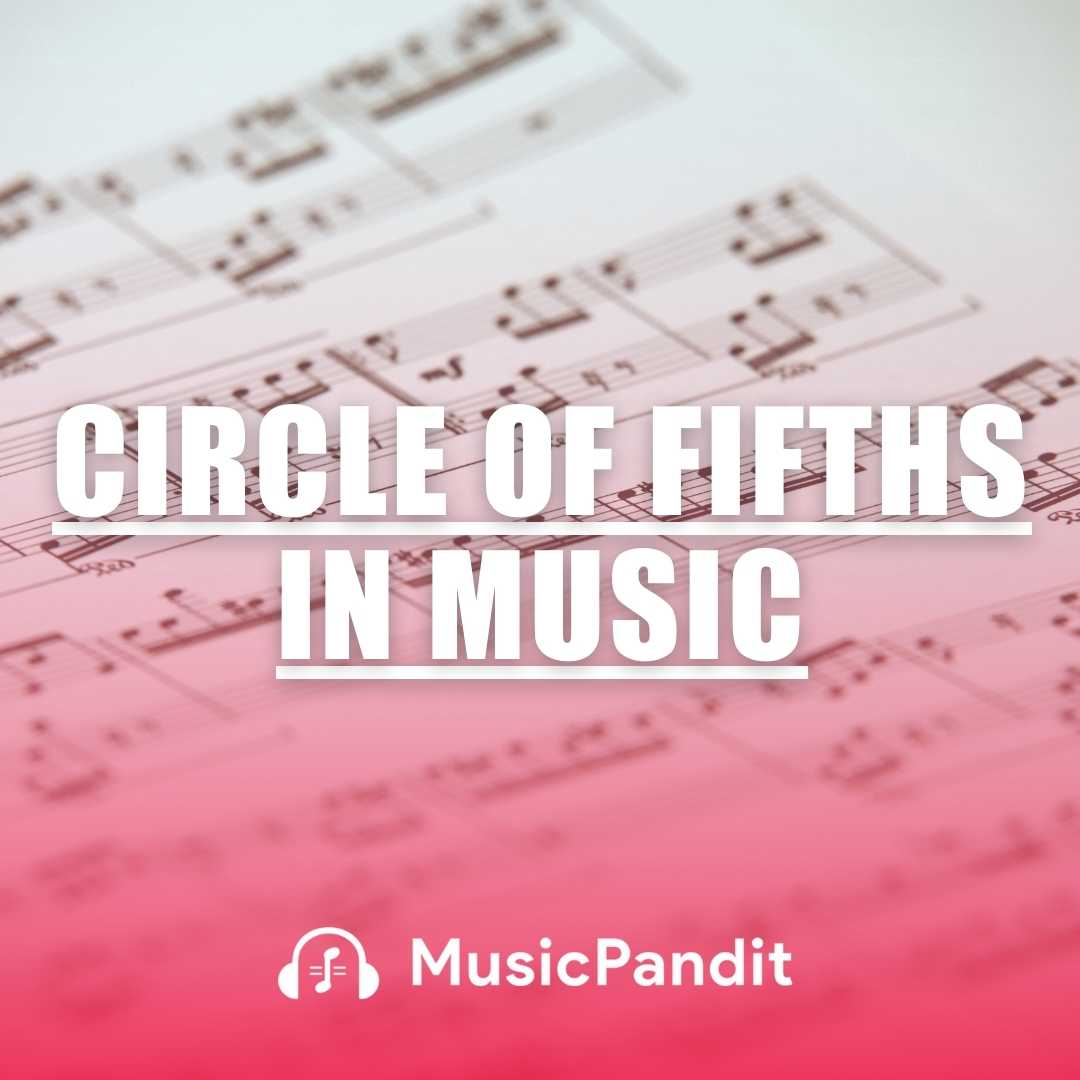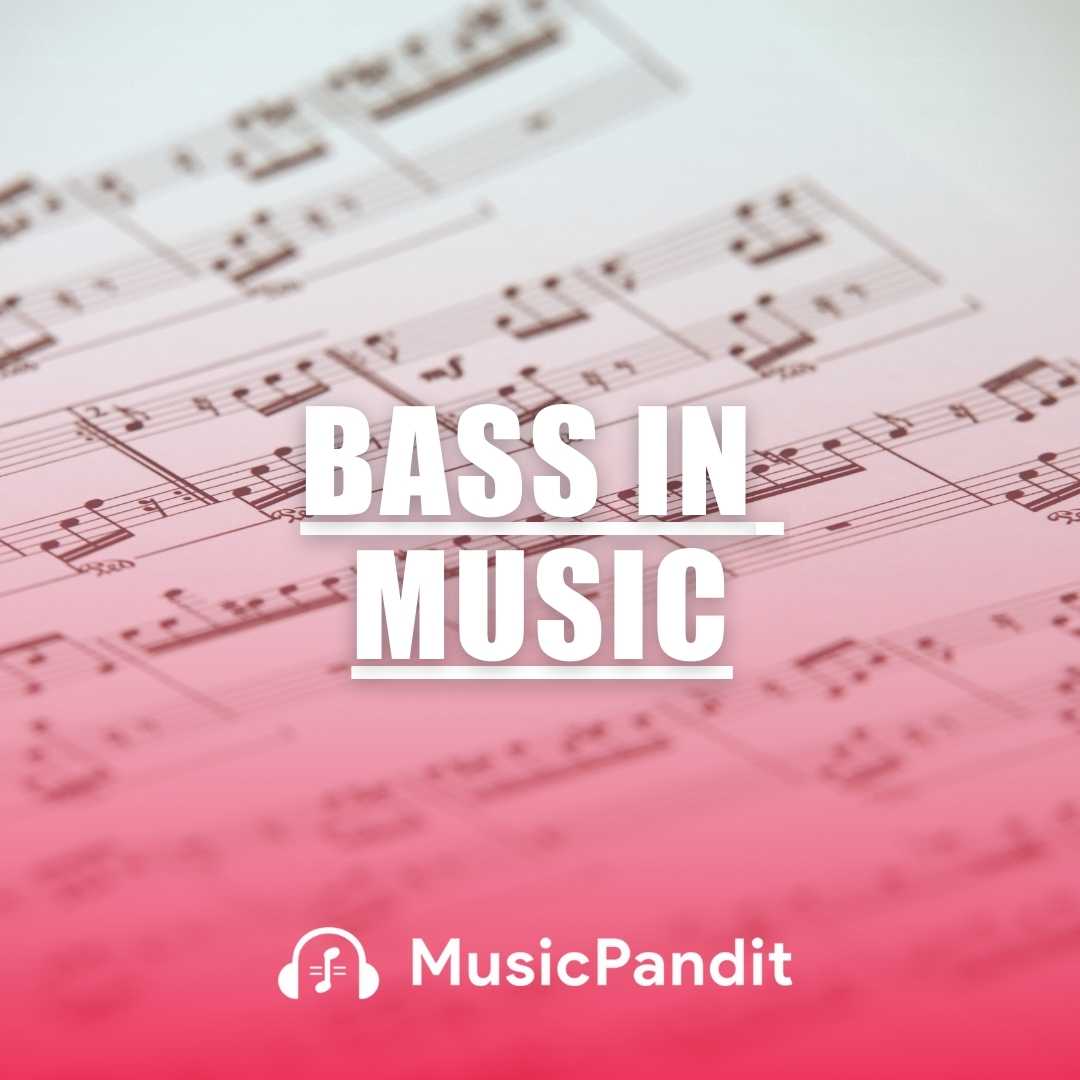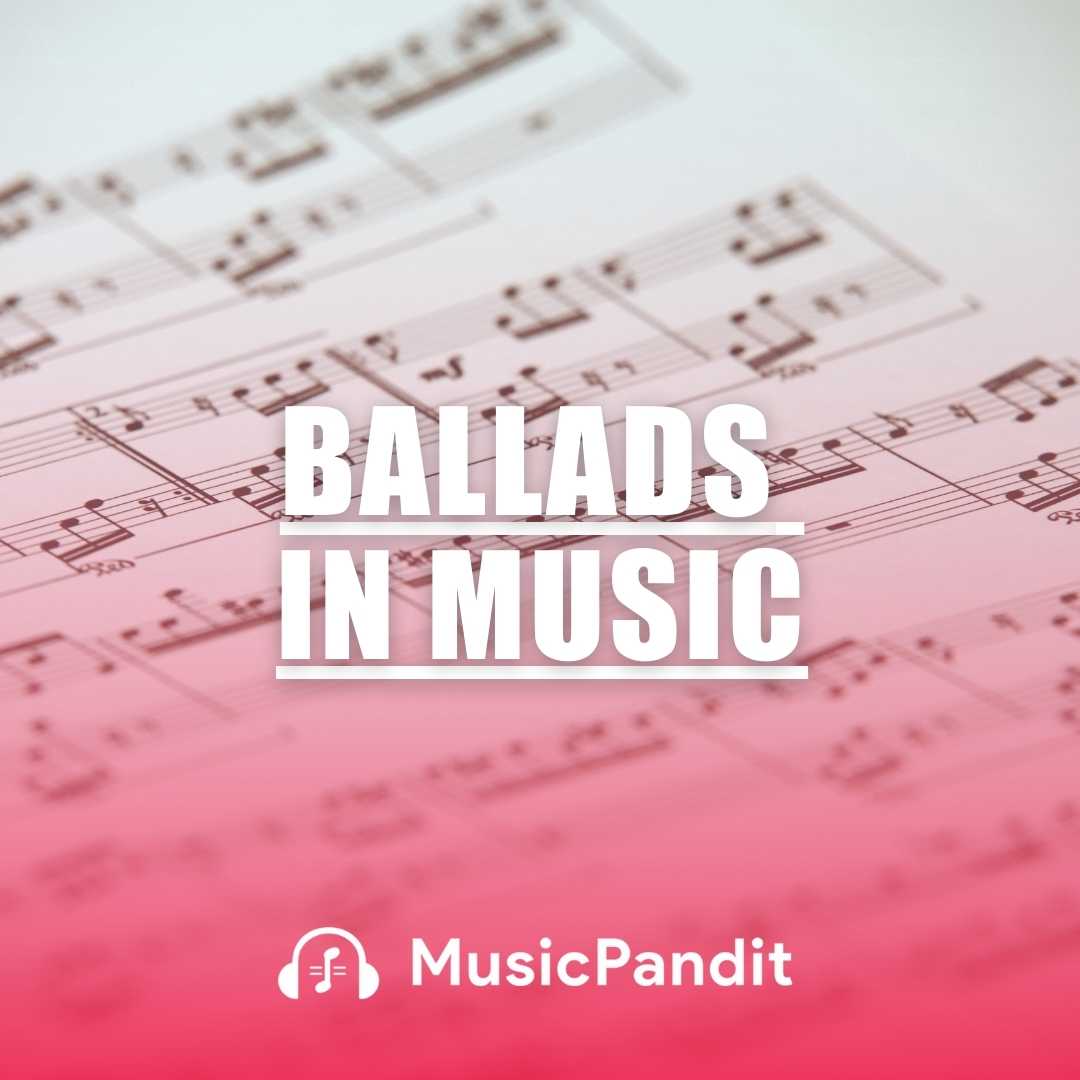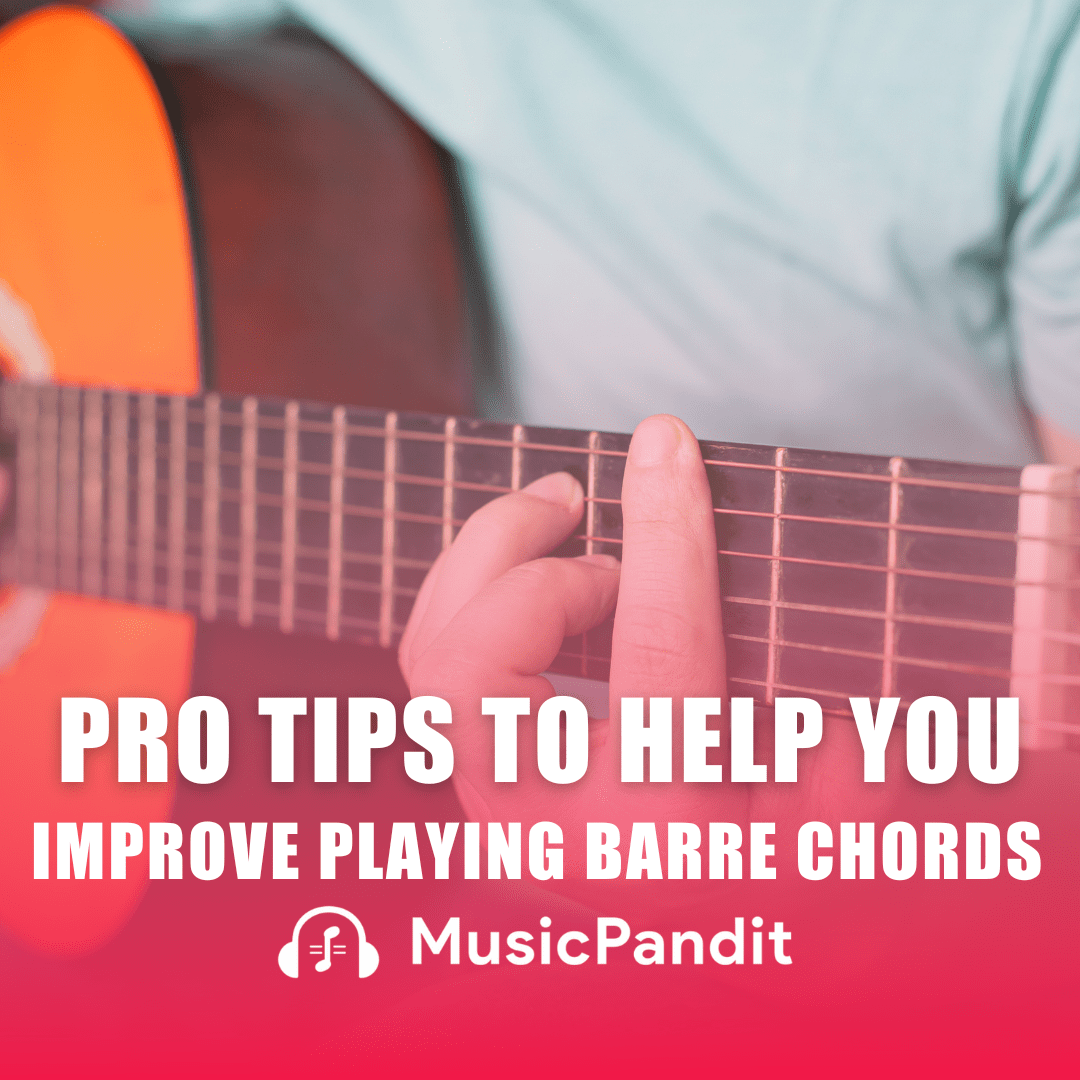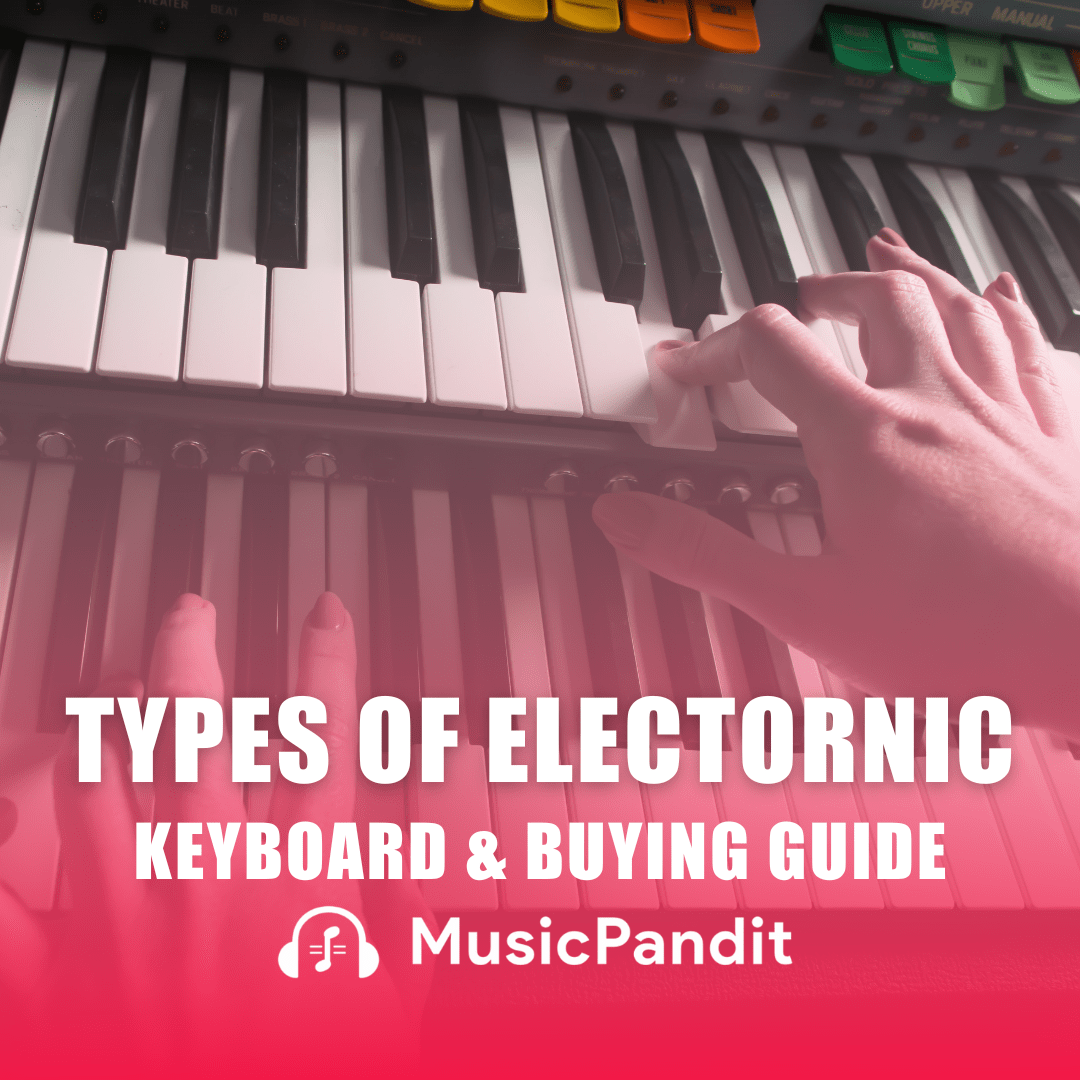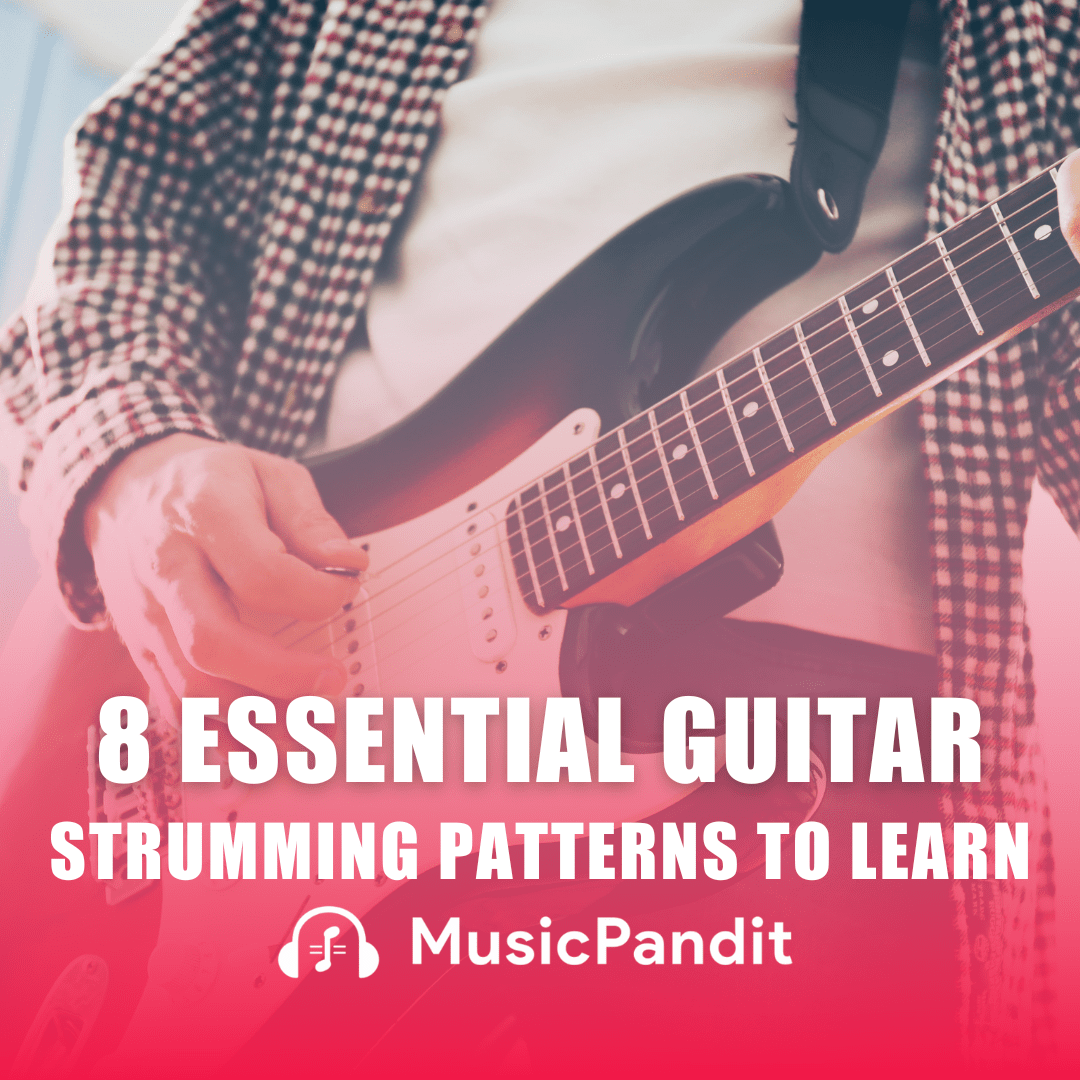Phrasing in music is an essential concept that allows musicians to convey emotion, structure, and flow in their performances. Much like how sentences in language have a natural rhythm and cadence, musical phrases are units of musical expression that give a piece its character.
For students learning music, understanding phrasing is key to developing musicality and improving performance. This guide will explore the definition, importance, techniques, and practice methods related to musical phrasing, with examples from both vocal and instrumental music.
What is Phrasing in Music?
Phrasing in music refers to how a musician shapes and articulates a sequence of notes to convey a musical idea. A musical phrase is often likened to a sentence in language—it has a beginning, a middle, and an end.
It is not just about playing the right notes in time but about giving the music meaning through dynamics, articulation, and timing. A well-executed phrase makes the music more expressive and engaging, much like how a well-delivered sentence in speech enhances communication.
Importance of Phrasing
Musical phrasing is crucial for several reasons:
Expression: Phrasing allows musicians to infuse emotion into their performances, making the music feel more alive and engaging.
Structure: Phrasing helps organise musical ideas, giving the piece a clear form and preventing it from sounding monotonous or disjointed.
Tension and Release: A well-phrased musical line can create moments of tension, followed by resolution, keeping the listener’s attention and guiding them through the music.
Interpretation: Effective phrasing adds a personal touch to music, allowing performers to interpret a piece in their unique way, even if it’s been played countless times before.
How to Practise Phrasing
1. Listen to Professional Performances
Before attempting to phrase music yourself, listen to performances by experienced musicians. Pay attention to how they shape the music, where they pause or slow down, and how they use dynamics to highlight certain notes or sections.
2. Break Down the Music
Start by identifying the phrases in the music you’re playing. This can often be done by looking at the score, where slur lines or phrase markings might be indicated. These phrases usually align with natural pauses or breaths, especially in vocal music.
3. Work on Dynamics
Use dynamics (loudness and softness) to shape your phrases. Begin a phrase softly (piano) and gradually get louder (crescendo) towards the middle, then return to a softer dynamic as you finish. This creates a natural arc in the music.
4. Use Breath Marks in Vocal Music
If you’re a singer, breathing at the right moments is crucial for phrasing. Plan where to breathe based on the phrasing of the lyrics. Taking a breath at the wrong place can interrupt the musical flow, while well-placed breaths enhance the phrasing.
5. Experiment with Timing
Slight changes in timing, such as holding certain notes longer or speeding up through a phrase, can add emotional depth. This is called rubato, a common technique used to make phrasing more expressive.
6. Practice with a Metronome
While phrasing often involves subtle variations in timing, it is important to practise with a metronome to keep a steady tempo. Once you are comfortable, you can start experimenting with timing to add expression without losing the overall structure.
Phrasing Techniques for Different Instruments
Vocal Music
For singers, phrasing involves not only musicality but also breath control. Singers should practise:
- Breathing at natural breaks in the lyrics or at the end of musical phrases.
- Using dynamics to emphasise important words or ideas in the song.
- Articulating clearly at the beginning and end of phrases to maintain expressiveness without breaking the musical flow.
Piano and Keyboard
For pianists, phrasing can be achieved through dynamics and touch:
- Legato playing (smooth connection between notes) is crucial for creating long, flowing phrases.
- Use of the sustain pedal can help extend phrases and smooth out transitions between notes.
- Changes in dynamics allow pianists to highlight the main melody, especially when accompanied by more complex harmonic structures.
String Instruments
On instruments like the violin or cello:
- Bow pressure and speed can be adjusted to shape phrases.
- Legato bowing allows for smooth, connected phrases, while staccato bowing (short, detached notes) can create contrast within phrases.
- Vibrato can be used to add expression to certain notes within a phrase, enhancing the emotional content of the music.
Wind Instruments
For wind instrument players, phrasing revolves around breath control:
- Control your breath to sustain longer phrases without breaking the musical line.
- Articulation techniques like tonguing can create clear starts and stops within a phrase, adding variety and contrast.
For guitarists:
- Hammer-ons, pull-offs, and slides can help create smooth, connected phrases.
- Finger pressure and picking techniques can shape each note, allowing for a variety of tones and textures within a phrase.
Benefits of Learning Phrasing
- Enhanced Musical Expression
Mastering phrasing helps musicians play with greater emotion and depth, making their performances more compelling.
- Improved Musicality
Understanding phrasing contributes to overall musicality, helping musicians connect more deeply with the pieces they are playing.
- Better Audience Engagement
Musicians who phrase their music well are better able to capture and maintain their audience’s attention, as phrasing adds narrative and structure to the music.
- Personal Interpretation
Once students grasp the concept of phrasing, they can begin to add their personal interpretation to the music, making their performances unique.
Related Topics
Articulation: Refers to how individual notes are played, whether they are connected smoothly (legato) or played sharply and separately (staccato). Articulation affects the overall feel of a phrase.
Cadence: A cadence marks the end of a phrase, often providing a sense of resolution.
Different cadences (perfect, imperfect, half) affect how a phrase feels and sounds.
Melodic Contour: This refers to the shape of the melody, created by the rise and fall in pitch. Understanding melodic contour helps students shape their phrases effectively.
Conclusion
Phrasing in music is an essential skill that all musicians must learn. It is not only about playing the notes on the page but about giving the music life, expression, and structure.
Whether you are a vocalist, pianist, or play another instrument, learning how to phrase your music will improve your performances, making them more engaging and emotionally resonant. Start by listening to professionals, break down the music, and practise with intention to master the art of phrasing.

